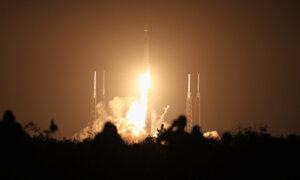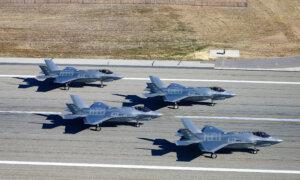The Pentagon and the U.S. Space Force are finalizing their long-awaited strategies on how the military will partner with commercial space companies, and the documents could be available as soon as this month, according to Chief of Space Operations Gen. B. Chance Saltzman.
He said that the Office of the Secretary of Defense “is about to release their version of a commercial space strategy” and that his service will “follow that right behind.”
“I expect to talk about it in detail at the Space Symposium out in Colorado Springs,” he said, referring to the four-day annual convention in Colorado starting on April 8. “I think you'll see in there, at least categorically, where we think in a prioritized way, where commercial industry can provide the best value to us as a Space Force, what our needs are.”
“In that commercial strategy, we’re going to talk about the Commercial Augmented Space Reserve. That is all about building the partnerships during peacetime with our industry partners, that we’ve never done before, so that we can share data, talk about ideas, etc.” Gen. Guetlein said at the time, according to the outlet.
Gen. Saltzman said there was much to consider regarding having a civilian contracted force.
“I can tell you that when you’re a small force as we are—we’re approaching 9,500 in the next couple of years, we'll probably get close to 10,000 active duty members—that’s tiny by Department of Defense standards,” he said.
“That means we have to be very careful and very specific with how we use, manage, attract, assess, and retain our workforce. And so we are going to great lengths to make sure that we are actively looking at each of those elements to make sure we optimize it. Where do we need people to stay longer? And if it doesn’t make sense for a military member to stay longer, how do you augment that with either civilian workforce or commercial augmentation? And we are looking at what the right mix is for that across the force.”
“It has become increasingly apparent over the past decade that the Russians and the PRC [People’s Republic of China] are coupling space-based ISR with satellite-aided, precision-guided munitions that can receive Satcom-updated targeting,” he said. Satcom is short for satellite communication.
“Specifically the PRC has more than 470 ISR satellites that are feeding a robust sensor-shooter kill web,” he said. “This new sensor shooter kill web creates unacceptable risk to our forward-deployed force. This is something that most of us are just not used to thinking about.”







